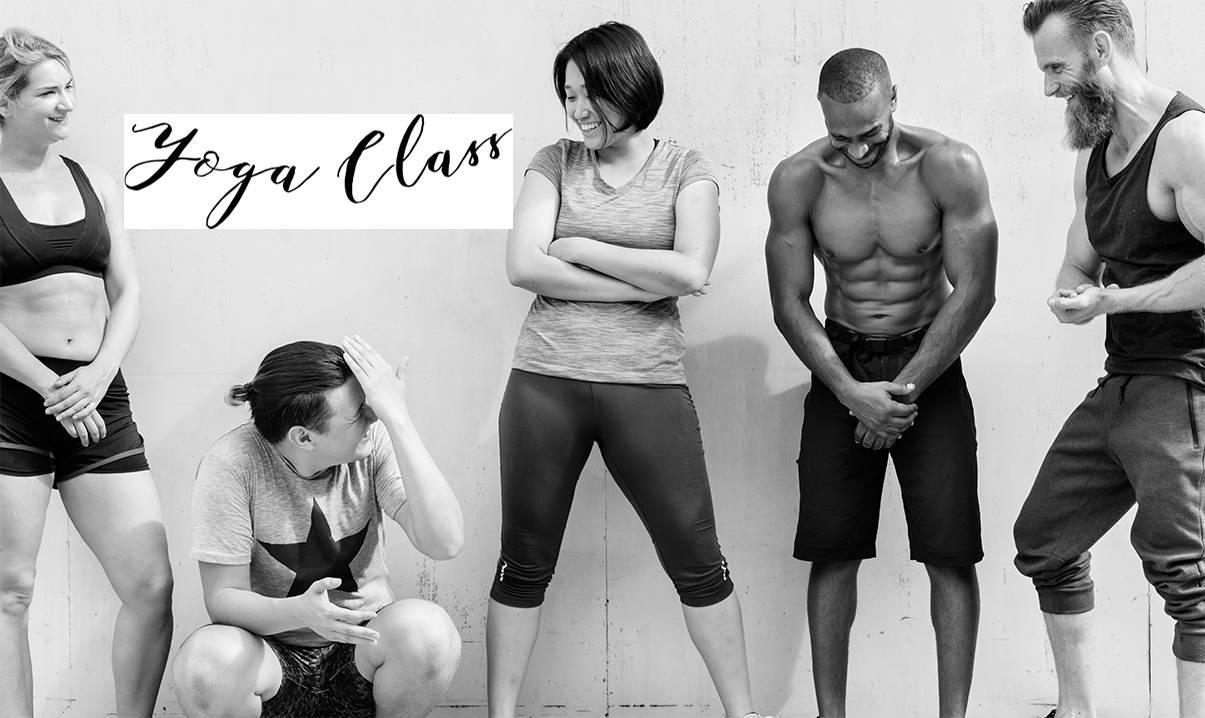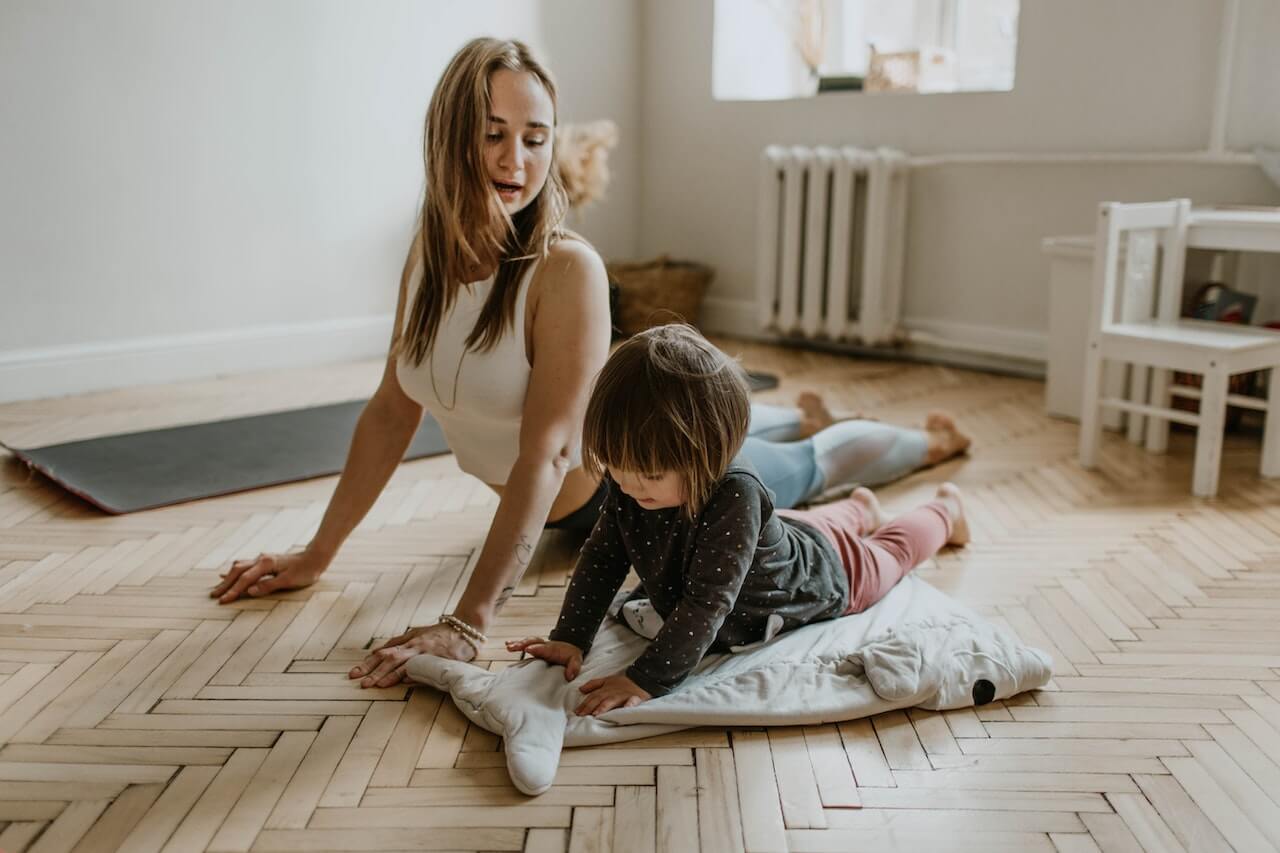Often when someone wants to start practicing yoga and has never done it before, the common question is: – ”Which kind of yoga class should I attend?”
The common answerer will be: “the one you like more”, and of course it’s important to choose a practice that we like otherwise we will not practice it at all.
If we are looking for a practice that is going to have a strong impact on our body-mind system we should make a choice that goes beyond what we like and dislike and we should choose a practice that is good for us.
Ayurveda can help us in choosing the right practice, you just need to understand two key points: –
1) Which is your ayurvedic constitution?
2) Which practice is ideal for your constitution?
1) Your constitution according to Ayurveda
Ayurveda is an ancient healing system that comes from the same root as Yoga, in fact yoga and ayurveda work hand in hand to give a therapeutical approach to yoga practice.
Ayurveda recognizes the individual as “unique”, influenced by a mix of three forces called “dosha” named Vata, Pitta and Kapha.
The three doshas govern the individual (body-mind system), and usually among the three dosha one (sometimes two and rarely all three) is predominant giving to the individual particular characteristics.
So we have three main body-mind types:
a) Vata type (air element- movement)
Vata predominant people are usually slim and tall (they can also be very short). They rarely put weight on, are always active physically and mentally, can easily suffer from anxiety, insomnia, stress and physically they can suffer from constipation, chronic pain and arthritis. Since they are very restless they are always involved in strong physical activity and are never able to sit and relax.
b) Pitta Type (fire element- transformation)
Pitta people are usually medium sized, they easily gain as well lose weight.
They tend to have a strong digestive fire, if they skip a meal they can easily become irritable. They can suffer from stomach acidity, skin irritation, fever, and infection.
Mentally they are prone to anger, jealousy, criticism, but they are also courageous and very intelligent.
Since they are very competitive with others or themselves, usually pitta predominant people in a yoga class tend to show off their ability whilst doing yoga poses and can over push themselves which sometimes can lead to injuries.
c) Kapha type (earth element- stability)
Kapha predominant people have a tendency to put weight on and usually have a slow metabolism. Their physical structure is usually well developed and usually they are either shorter or taller then average.
They can suffer from chronic conditions like lung or nose congestion but usually they have a good and strong immune system.
Emotionally they are very caring and loyal but can also be very attached to their things.
They are usually very slow in starting new things but once they start they are steady till the end.
They have a tendency to not get too involved in physical exercises and are prone to laziness.
In an individual usually one Dosha is strongly predominant, sometimes two and very rarely all three are equal.
There is no good or bad dosha combination, the idea in ayurveda is to know which is your doshic constitution and to make sure that combination is kept in a state of balance, thus making sure that the doshas don’t aggravate and usually it is your predominant dosha that is the first to go out of balance
2) The yoga practice according to your constitution
So if you can see yourself fit into one of the above descriptions here are a few tips in choosing the right yoga practice that is helpful in keeping your body-mind system in harmony.
a) Practice for Vata
Vata predominant people need to slow down, their mind is very active and this can cause them a lot of problems.
They really benefit from the asana practice (yoga positions) because of their tendencies to become stiff, but ideally the asanas should be done very slowly with strong awareness of the breath linked with the movement. Fast and strenuous practice aggravates Vata dosha and is not good for them.
They benefit from calming pranayama (breathing exercise), like alternate nostril breathing and Brahmmari.
More then everything else they benefit from the meditation and relaxation techniques.
Yoga nidra is a very good practice for them.
They usually avoid relaxation and meditation but ideally they would benefit from this practices more then anyone else.
b) Practice for Pitta
Pitta people need to cool down, they need to be aware of not increasing their temperature too much, they can do a strong practice but they need time to cool down and relax afterword.
They benefit from cooling pranayama like shitkari and shitali.
More then everything else they need to be mindful during their practice and be aware of their attitude.
Usually Pitta people are very competitive in the class as they want show off how good they are and to do this they can hurt themselves. So a more gentle and surrendering practice is highly beneficial for them.
c)Practice for Kapha
Kapha people are the one dosha that really benefit and need a strong asana practice, invigorating vinyasa like Surya namaskar (sun salutation) is really good to increase the energy of these people.
They need to activate themselves, increase their energies and move, because of their tendency to become sluggish.
They benefit from energising pranayama like bhastrika and kaphalabhati.
Meditation is also good for them because of their tendency to become depressed.
So we can see that each individual can benefit from a different practice. The ideal yoga practice should be chosen not just considering the ayurvedic constitution but also the the physical structure, age and condition of the practitioner as well.





Leave A Comment